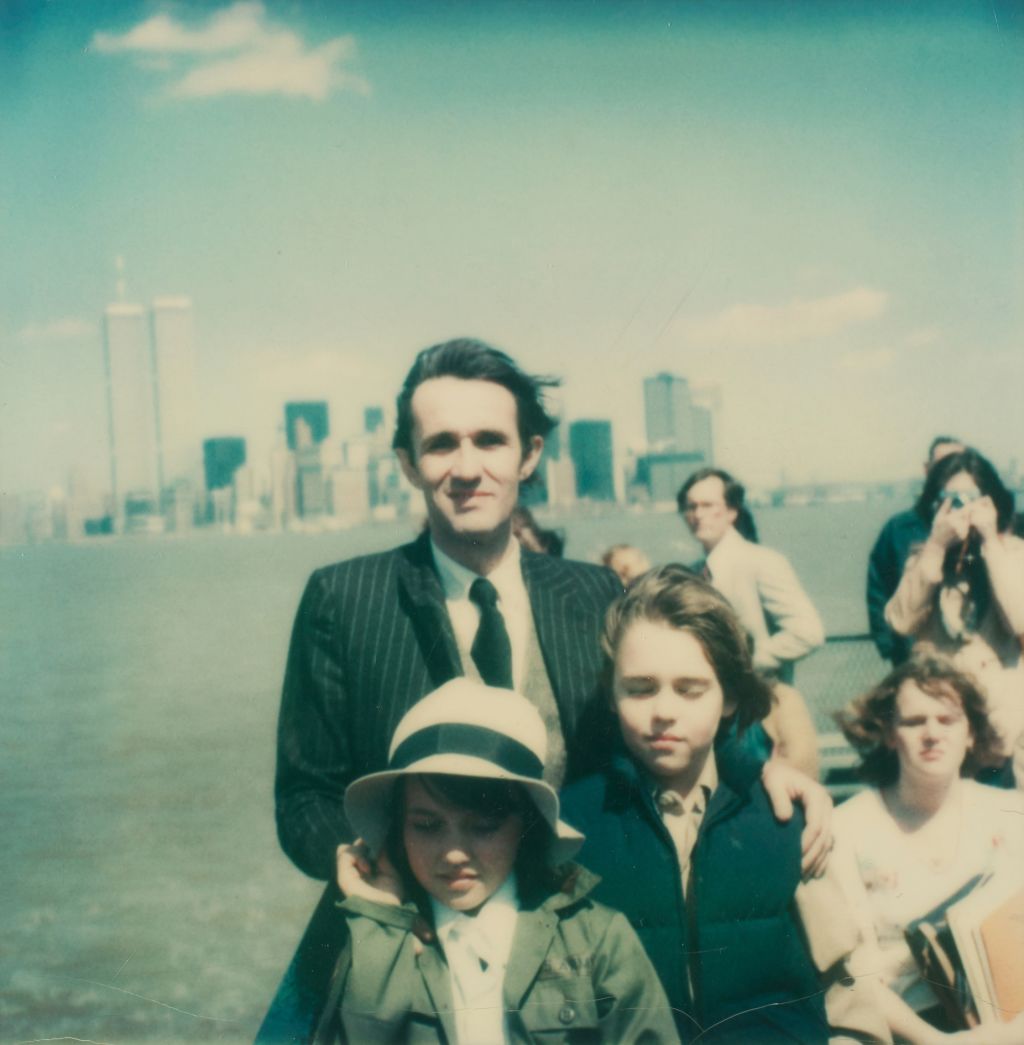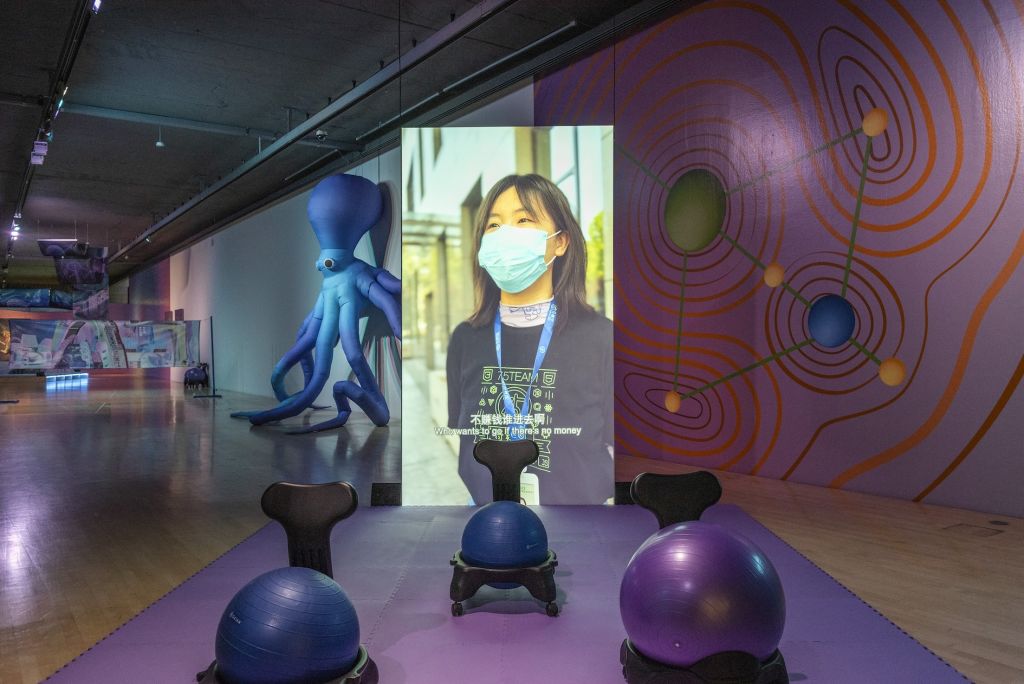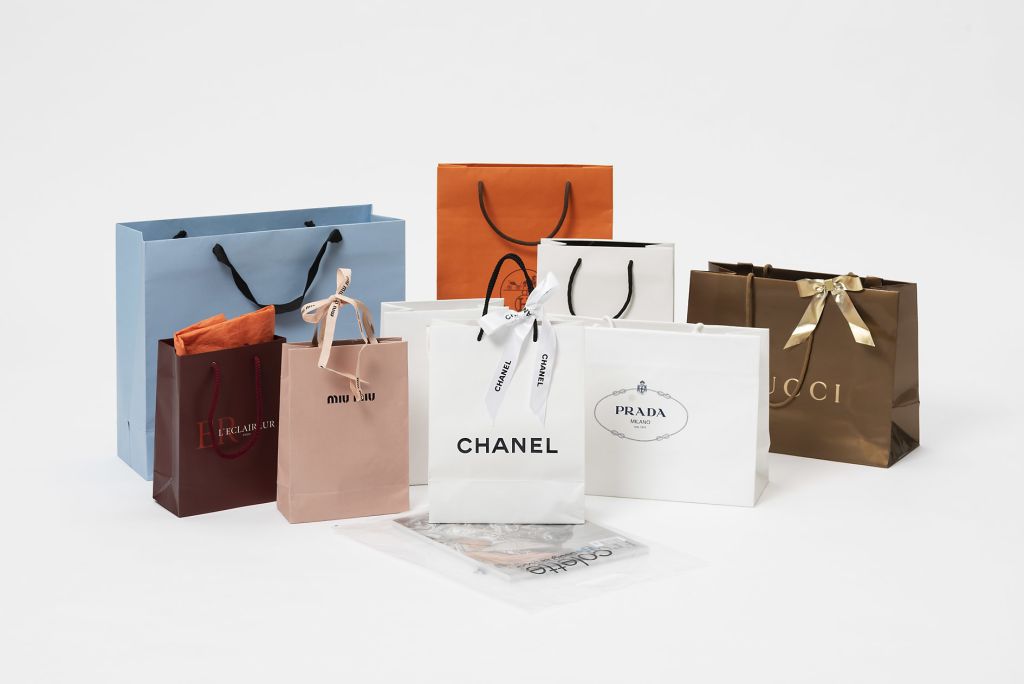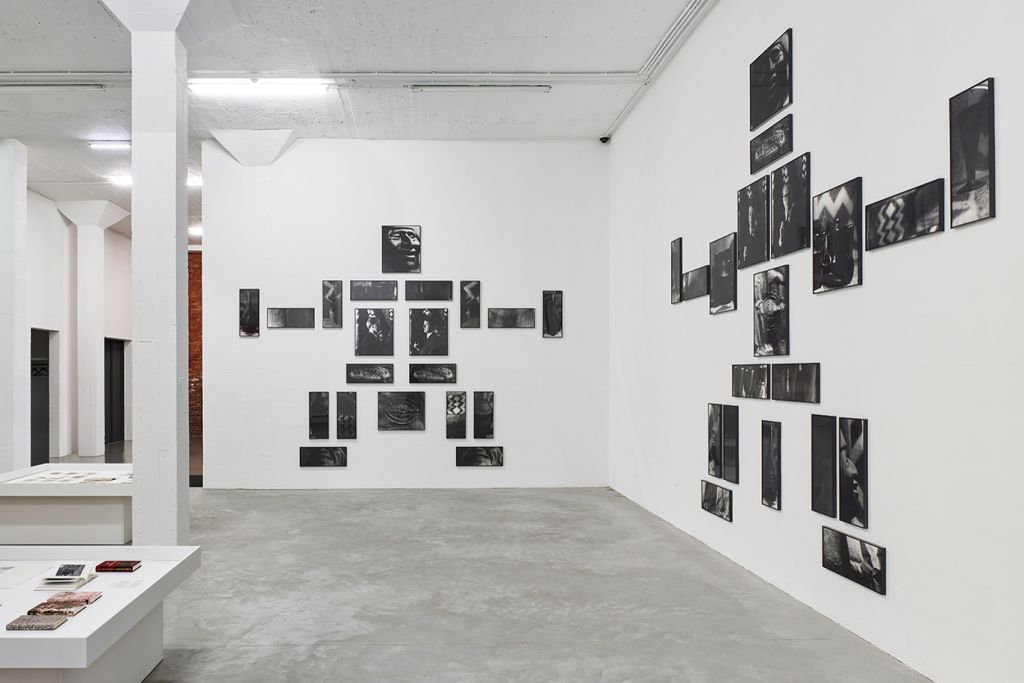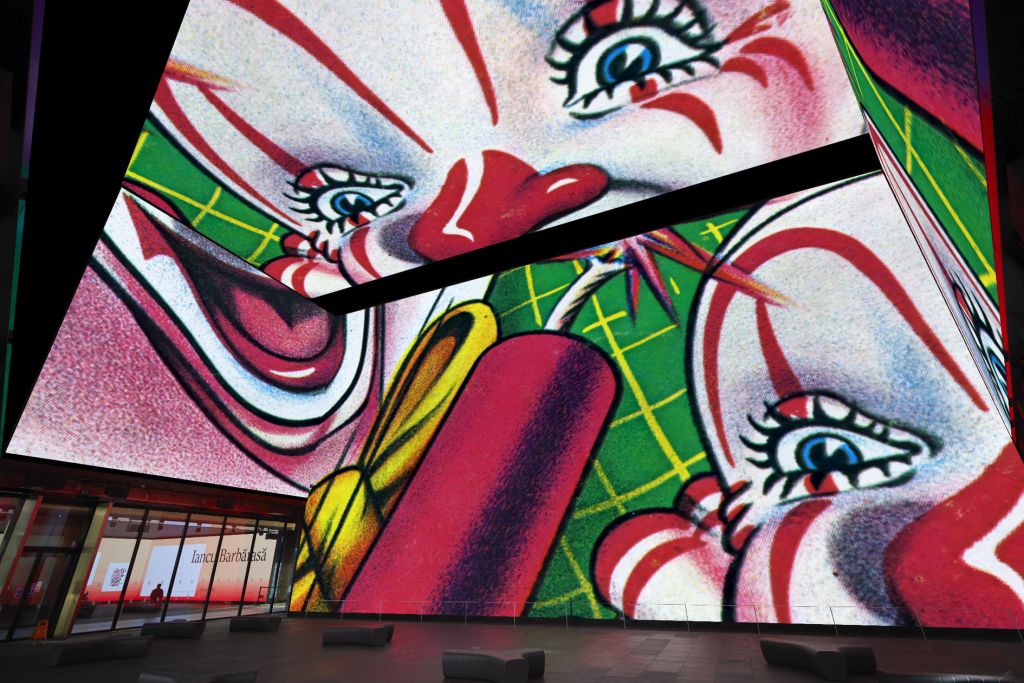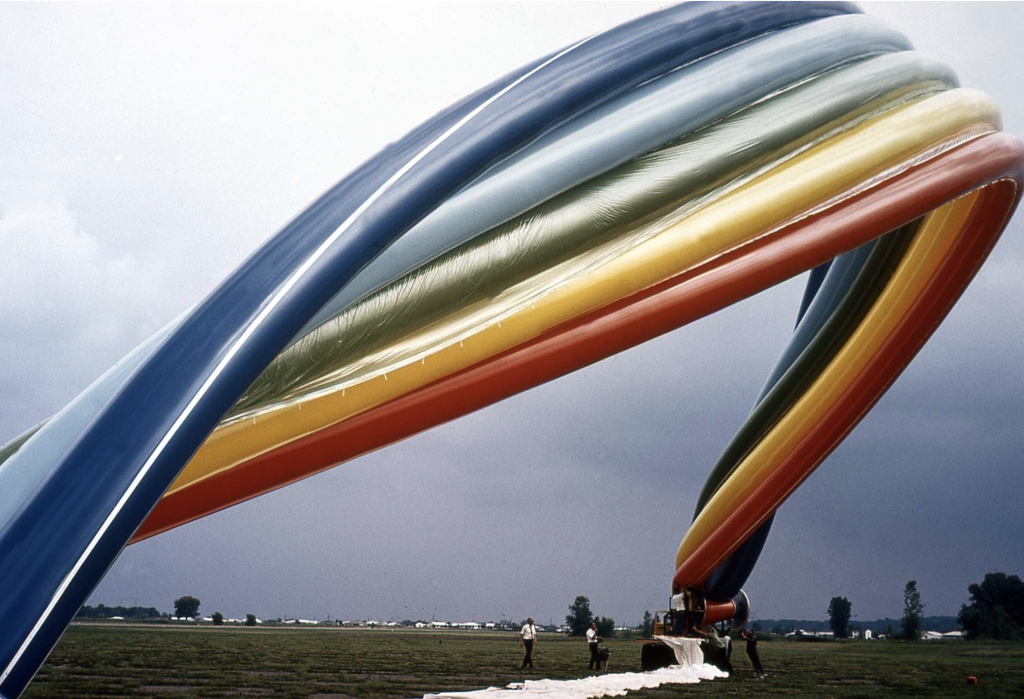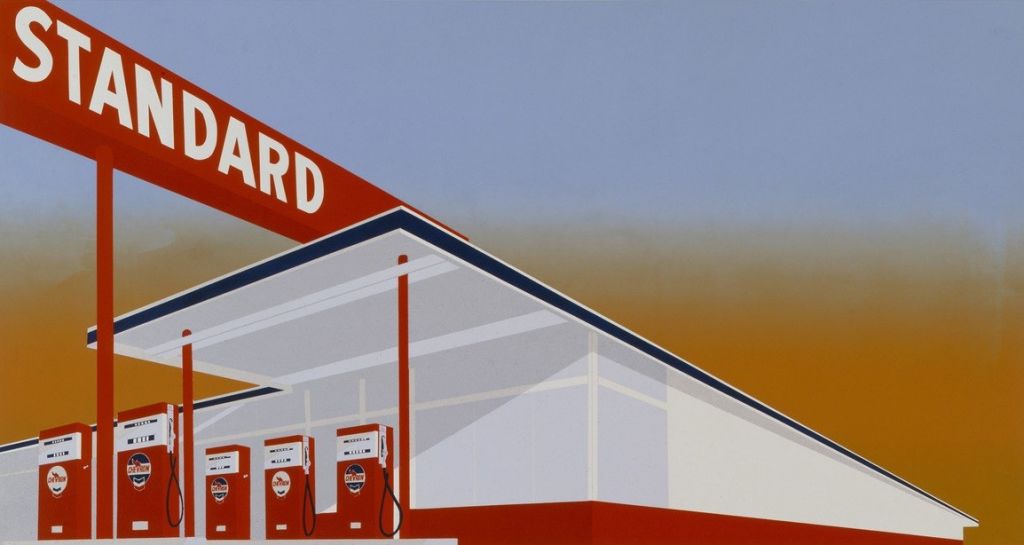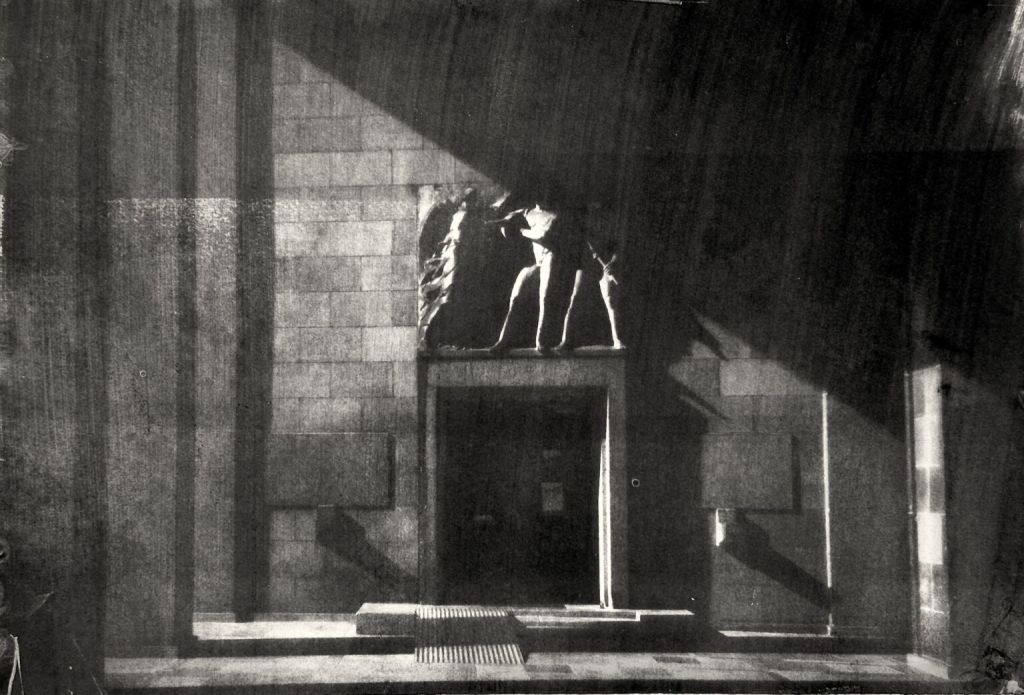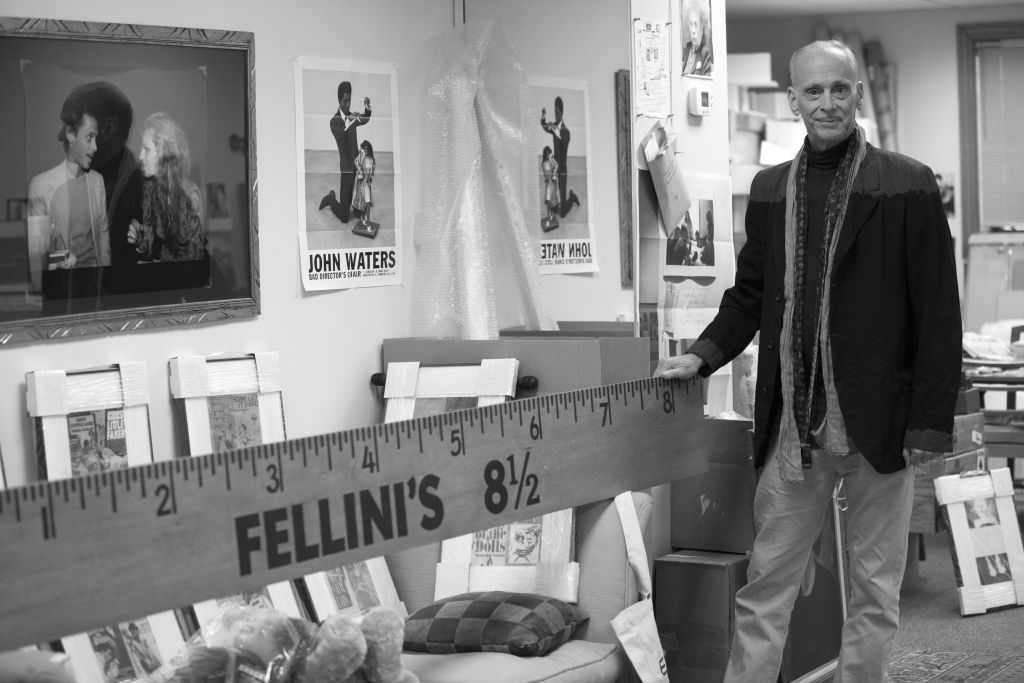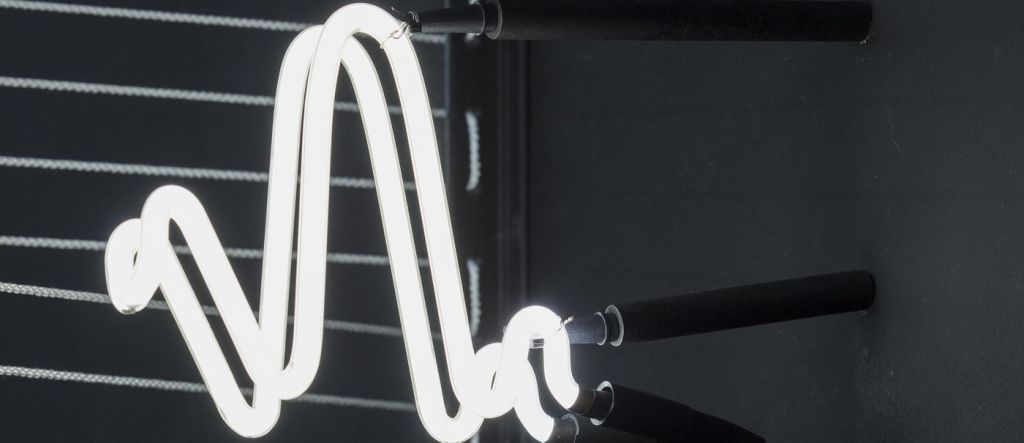Cao Fei
Cao Fei: At the Edge of Superhumanity
SCAD Museum of Art, Savannah
Through July 29, 2024
Since the early 2000s, SCAD deFINE ART honoree Cao Fei has produced forward-thinking work that acutely responds to and reflects on – in real time – shifts in our perception and experience of reality during periods of rapid globalization, urban development, and technological advancement. A pioneer of creating digital worlds, Cao Fei transforms two galleries at the SCAD Museum of Art into an immersive multimedia installation featuring live-action films, as well as virtual, augmented, and mixed-reality environments for visitors to explore. Blurring distinctions between the terrestrial and the cyber, the familiar and the futuristic, Cao Fei reveals how the spaces we inhabit shape our identities and social interactions, and ultimately redirect our search for meaning and purpose in life.
Cao Fei
Meta-Mentary
Städtische Galerie im Lenbachhaus, Munich
Through September 8, 2024
In her films, photographs, and walk-in multimedia installations, Cao Fei addresses the economic and social changes of our time. Digitalization, globalization, the transformation of urban and suburban structures and thus our living spaces are at the heart of her art. Her questions focus on the way we humans live and react to the developments around us and adapt to them or actively incorporate them into our lives. For her works, Cao Fei herself sometimes spends time in the virtual community using her avatars China Tracy and Oz and documents her perception of digital realities in individual imagery and distinctive artistic spaces. Invention and reality, the fantastic and the documented, the digital and the human combine to create surreal, dystopian images and individual aesthetics that can be experienced by the public. Cao Fei’s exhibition at the Lenbachhaus will also focus on how rapid social change is being accelerated by digital technologies, affecting and changing human experience and the self-image of human existence at their core.

Cao Fei, DUOTOPIA Vol.2, 2024 (film still)
© Cao Fei, 2024
Cao Fei
DUOTOPIA Vol.2
The Window, CHANEL Culture Fund, London
Through April 22, 2024
Cao Fei’s brand new work DUOTOPIA Vol.2 is on view 24 hours a day through May 22 in The Window, CHANEL Culture Fund’s public art project on the façade of the Time & Life building on Bruton Street, London. At once familiar and surreal, the hypnotizing digital artwork meditates on the connective and creative possibilities of virtual worlds. DUOTOPIA Vol.2 is the second iteration of DUOTOPIA, commissioned by Meta City, the artist’s constantly expanding architectural creation in the Metaverse. Completed earlier this month, the work extends the virtual cityscape into a universe with culture, economy and leisure activities of its own. As the camera takes the viewer on a virtual tour, Cao Fei provides an opportunity to contemplate the complex meeting of virtual reality, evolving technology and human experience.
Showcasing compelling works of contemporary digital art, The Window offers passers-by a chance to interact with cutting-edge artworks and engage with this fast-moving genre. Following the launch on Bruton Street, DUOTOPIA Vol.2 will feature prominently in Cao Fei’s upcoming solo exhibition at Lenbachhaus in Munich, opening in mid-April.
Walter Dahn
with Johannes Brus
Fuhrwerkswaage, Cologne
Through May 18, 2024
For the very first time, works by Walter Dahn are presented alongside sculptures by Johannes Brus in this new exhibition at Fuhrwerkswaage, Cologne. Like collages of superimposed images and text, condensed like flickering thoughts or blurred memories, Dahn’s photo works oscillate between film still, drawing and painting. The works are a testament to the artist’s versatility, whose oeuvre encompassed different media and spanned over four decades. As Brus’ sculptures, simultaneously rough and enigmatic, are juxtaposed with Dahn’s works, the resulting dialogue offers an intriguing exploration of the relation between man and nature, the in-between, and the essence of art itself. On the occasion of the exhibition, a catalogue with a text by Oliver Tepel will be published.
Sylvie Fleury
Yes to All
Kunsthal Rotterdam
Through September 8, 2024
In the spring of 2024, Kunsthal Rotterdam is presenting a large-scale exhibition of the work of the Swiss artist Sylvie Fleury. For the very first time her provocative installations, sculptures, ready-mades, and paintings will be shown in the Netherlands. In a playful way, Fleury challenges the cultural constructs of gender stereotypes. She uses modern advertising strategies such as attention-seeking slogans, brightly colored neon lights, and seductive presentations to explore the boundaries between contemporary art and consumerism. Incorporating elements from the worlds of fashion and film, pop culture, and art history, Fleury consistently succeeds in creating unexpected new stories, always infused with a generous dose of humor and individuality.
Gilbert & George
Pink Elephants
Herbert Foundation, Loods
Through July 28, 2024
Gilbert and George have been working as an artist duo since the early 1960s. For Gilbert & George there is no distinction between the artist and the artwork. “The life of Gilbert & George is art.” Their versatile oeuvre is both current and provocative and is equally romantic and humorous. Although they always place themselves and their lives at the center of their art, they transcend the personal and their work touches upon universal themes such as identity, sexuality, religion, and politics. The presentation Gilbert & George – Pink Elephants emphasizes Gilbert & George’s early work and shows the radical position they took from the outset.
Gilbert & George
LONDON PICTURES
The Gilbert & George Centre, London
Celebrating a year since opening, Gilbert & George are thrilled to announce the second exhibition to take place at the Gilbert & George Centre – the ‘LONDON PICTURES’. The largest group of pictures created by Gilbert & George, they offer both a directory of urban human behaviour and a moral portrait of our times. Over a number of years, Gilbert & George stole newspaper posters found across London, filtering and sorting the stories they conveyed by subject matter. More than a decade since they were first unveiled on a global tour, the Centre will present 28 of the 292 pictures from the ‘LONDON PICTURES’ series, many of which have not been seen in the UK previously. Viewing these ‘LONDON PICTURES’ in 2024 will prompt viewers to consider how society has changed and what has remained central to our shared experience.
Nancy Holt
Circles of Light
Gropius Bau, Berlin
Through July 21, 2024
Over the course of five decades, Nancy Holt explored how we perceive our environment and how we attempt to understand our place on the surface of this planet. From March 2024, the Gropius Bau presents Circles of Light, the artist’s most comprehensive survey exhibition in Germany to date. It includes film, video, photography, sound works, concrete poetry, sculptures and expansive installations as well as drawings and documentation from over 25 years.
In her artistic practice, Nancy Holt reimagined site-specific installations and ways of working with natural and artificial light. She began focusing on ecological aspects at an early stage and incorporated the earth’s rotation, astronomy, time and space into her sculptures, constantly challenging us to look beyond what we think we know. Holt’s working process will have a particularly tangible presence in the exhibition at the Gropius Bau through texts and recordings by the artist.
Barbara Kruger
SILENT WRITINGS, 2009/2024
Outernet Arts, London
Through April 22, 2024 (every Monday: 6–9pm)
Outernet Arts and Serpentine continue an innovative partnership presenting a digital artwork Silent Writings by American artist Barbara Kruger that explores how we communicate and connect with each other.
In Silent Writings, 2009/2024, Barbara Kruger explores how we communicate and connect with global events and with each other. The piece weaves images and words in an attempt to engage issues of control, power and dominance. Kruger incorporates her own words alongside quotes from writers and philosophers including Aimé Césaire, Goethe, Thomas Mann and Mary Therese McCarthy. These quotes touch on themes of violence, political modes of operation and spectatorship. Kruger manipulates selected words, enlarging or removing them to highlight their meanings and create new ones.
Reinhard Mucha
Mucha – WICHTIG LEBEN !
Michael & Eleonore Stoffel Foundation – nw9, Cologne
Through October 18, 2024
The Michael & Eleonore Stoffel Foundation presents the exhibition Mucha – WICHTIG LEBEN ! which features a selection of works by Reinhard Mucha, mainly from their collection.
Senga Nengudi
Dia Beacon, New York
Through early 2025
Dia Art Foundation will present a long-term exhibition of work by Senga Nengudi, which will open at Dia Beacon on February 17, 2023. Sculptures and room-sized installations made between 1969 and 2020, including recent acquisitions for Dia’s permanent collection, will be on display. This long-term exhibition of Nengudi’s work will be accompanied by a performance program and publication, revealing the multiplicity of her practice.
Otto Piene
Paths to Paradise
Museum Tinguely, Basel
Through May 12, 2024
Otto Piene (1928−2014) aimed high with his art: to shape a more harmonious, peaceful, and sustainable world. His expansive view explored new media and projected aesthetic forms and experiences into new spatial realms.
Structured thematically, the monographic exhibition Otto Piene: Paths to Paradise traces his utopian vision as expressed in works from his most significant series and projects in conversation with his lifelong practice of sketching. Together these works reveal Piene’s use of sketching and drawing in both narrow and broad, literal and figurative senses, and provide an expanded definition in connection to a visionary practice that embraced the application of new technology.
Jon Rafman
Player Character
Basement Roma, Rome
Through May 23, 2024
A visionary interpreter of the troubled human mind, of the streams of consciousness and the anxieties of the present, Jon Rafman (*1982) explores the all-encompassing impact of the virtual within the representation of our time. Through an immense vocabulary drawing from internet culture, virtual world, video games and insinous areas of the web, Rafman creates surreal and absolute landscapes in which he nourishes a constant sense of loss and alienation, of instinct and memory, of resurrection and death, of extreme sacrifice and rebirth. In a world oppressed by obsession, paranoia, a sense of emptiness and loss, the artist leads us into the most concealed realms of the web, among the viscous drives that replace reality and at the same time embody it.
Pamela Rosenkranz
Old Tree
High Line, New York
Through September 2024
Sprüth Magers congratulates Pamela Rosenkranz whose monumental sculpture Old Tree was selected for the third High Line Plinth commission in New York, to be unveiled in spring of 2023. The bright red and pink imaginary tree animates a myriad of historical archetypes wherein the tree of life connects heaven and earth while also closely resembling the complex networks of the human circulatory system. Located on the High Line—an urban park built on a relic of industry—and selected from among over 80 international proposals by artists from 40 countries, Old Tree raises questions about the real while simultaneously highlighting a breakdown of the boundary between nature and artifice.
Ed Ruscha
ED RUSCHA / NOW THEN
Los Angeles County Museum of Art – LACMA
Through October 6, 2024
Ed Ruscha has consistently held up a mirror to American society by transforming some of its defining attributes – from consumer culture and popular entertainment to the ever-changing urban landscape – into the very subject of his art. In 1956, Ruscha left Oklahoma City to study commercial art in Los Angeles, where he drew inspiration from the city’s architectural landscape – parking lots, urban streets, and apartment buildings – and colloquial language.
As his first comprehensive, cross-media retrospective in over 20 years, ED RUSCHA / NOW THEN traces Ruscha’s methods and familiar subjects throughout his career and underscores the many remarkable contributions he has made well beyond the boundaries of the art world. The exhibition includes his early works produced while traveling through Europe, his installations – such as the Chocolate Room and the Course of Empire presented at the Venice Biennale in 1970 and 2005, respectively – and his ceaseless photographic documentation of the streets of Los Angeles beginning in 1965.
Cindy Sherman
Tapestries
Fotografiska, Stockholm
Through June 9, 2024
In Tapestries, Cindy Sherman’s exploration of tapestry as a medium represents a shift in her artistic practice. The historical significance of tapestry, once valued more than painting, is evident in Sherman’s sumptuous works produced in Flanders, a region known for its golden age of tapestry in the fifteenth and early sixteenth centuries. Like historical tapestries, Sherman’s works maintain a larger-than-life scale. The series of “selfies”, impossible to print in large scale due to the low-resolution nature of the original images, translates well in to woven textiles, which in turn resonate with the pixelation of the source material: pixels, here, translate to the warp and weft of thread.
Marcel van Eeden
Der heimliche Kaiser
Museum für Photographie Braunschweig and Mönchehaus Museum, Goslar
Through April 21, 2024
Presented concurrently at both Museum für Photographie, Braunschweig and the Mönchehaus Museum, Goslar, this two part exhibition will show both drawings and photographic work based on the rubber printing process of early photography, some of which have been realized especially for the exhibition with references to Braunschweig and Goslar, among other places. Taken in the present, the motifs of these seemingly painterly photographic works, like the drawings, appear as artistic interpretations of historical moments. Marcel van Eeden undermines an uncritical belief in historical factuality and uses the power of suggestion and imagination in combination with actual historical moments.
John Waters
John Waters: Pope of Trash
Academy Museum of Motion Pictures, Los Angeles
Through August 4, 2024
John Waters: Pope of Trash is the first comprehensive exhibition dedicated to the artist’s contributions to cinema. The exhibition delves into his filmmaking process, key themes, and unmatched style. Works on view include costumes, props, handwritten scripts, correspondence, scrapbooks, photographs, film clips, and more, revealing the nuances of independent filmmaking and the ways in which Waters’s movies have redefined the possibilities of independent cinema.
Thea Djordjadze, Rosemarie Trockel
ROSEMARIE TROCKEL / THEA DJORDJADZE
Städtische Galerie im Lenbachhaus, Munich
November 12, 2024–April 27, 2025
The Lenbachhaus will present a collaborative work by the artists Rosemarie Trockel and Thea Djordjadze. Djordjadze was Trockel’s student at the Kunstakademie Düsseldorf from 1998 to 2001 and the two have maintained a close artistic relationship ever since, realizing numerous joint projects and exhibitions. In their exhibition at Lenbachhaus, the artists want to delve into the conception of beauty and challenge established aesthetic conventions, taking inspiration from reflections by the poet Arthur Rimbaud. Rimbaud’s opening lines from “Une saison en enfer” (1873) provide a leitmotif for the artists’ approach: “One evening I sat Beauty on my knees. And I found her bitter and I reviled her.”
Jenny Holzer
Light Line
Solomon R. Guggenheim Museum and Foundation, New York
May 17–September 29, 2024
This exhibition will present a reimagination of Jenny Holzer’s landmark 1989 installation at the Guggenheim. Climbing all six ramps of the Frank Lloyd Wright-designed rotunda to the building’s apex, the new manifestation of Holzer’s electronic sign extends and builds upon the artist’s vision from thirty-five years earlier. The site-specific work will transform the building with a display of scrolling texts from her earliest series of truisms and aphorisms to more recent experiments with language generated by artificial intelligence. Holzer’s iconic use of the written word throughout her career has long captivated audiences around the world and this solo exhibition will feature little known examples of Holzer’s work spanning her career from the 1980s through today.
Jenny Holzer
For the Guggenheim – Light Projection
Solomon R. Guggenheim Museum and Foundation, New York
May 16–20, 2024
8–11 pm EDT
To celebrate the opening of Jenny Holzer: Light Line, the artist’s projection For the Guggenheim will illuminate Frank Lloyd Wright’s iconic curving architecture with a selection of poems and eyewitness accounts that speak to the necessity of peace. Featuring voices from around the world, Holzer’s projection will transform the building and its surroundings into an environment for gathering, contemplation, and discussion. Free and open to all.
Anne Imhof
Kunsthaus Bregenz
June 8–September 22, 2024
Anne Imhof is one of the most important contemporary artists of our time. Her signature artistic expression is rooted in performance pieces, where casts of androgynous figures navigate the space with a captivating blend of impassive poise and elaborate choreography within an immersive audio-visual experience. This dynamic interplay, underscored by the inclusion of ubiquitous and iconic elements of fashion, photography, and an amalgamation of subculture and popular culture, creates an atmosphere reminiscent of post-apocalyptic isolation.
Within the austere confines of Kunsthaus Bregenz, Anne Imhof ushers in a compelling transformation. In this enigmatic creation, a paradox unfolds, taking the shape of both a barricade and a proscenium. For the KUB exhibition, Imhof will focus on painting and sculpture, which form the crux of her artistic practice, mirroring the fluid evolution of her performative works. The human figure now assumes an allegorical presence, offering a heightened sense of Imhof’s trademark exploration of the human condition.
Kraftwerk
50th Anniversary of Autobahn
Walt Disney Concert Hall, Los Angeles
May 21–30, 2024
Over nine nights at Walt Disney Concert Hall, legendary German electronic music pioneers Kraftwerk will celebrate the 50th anniversary of their album Autobahn, which was composed, produced, and recorded by Kraftwerk founders Ralf Hütter and Florian Schneider in 1974.
The concert series will present eight Kraftwerk albums: Autobahn (1974), Radio-Activity (1975), Trans Europe Express (1977), The Man-Machine (1978), Computer World (1981), Techno Pop (1986), The Mix (1991), and Tour de France (2003). Each night will feature one complete album plus additional compositions from their catalog. Concert number nine will be a finale with groundbreaking works spanning five decades of the Kraftwerk repertoire.
Anthony McCall
Split Second
Museo Guggenheim Bilbao
June 20–October 11, 2024
Coinciding with the 10th anniversary of the Museum’s program devoted to artistic practices of the moving image, the Film & Video Gallery will host the radically abstract, film-based work of Anthony McCall. In clear dialogue with the works of Richard Serra and Lucio Fontana in the Museum Collection, this exhibition will feature the premiere of a single new work, Split Second (Mirror) IV (2024), alongside the historic projection piece Miniature in Black and White (1972) and a series of photographic prints.


